Bric-a-Brac 52
Mediterranean Summer Part 1: Marseille in a day, insider Sardinia intel, Greece favorites from the author of Haute Bohemians, and Iberian wine & food travel whisperers, from Basque country to Cadiz
Our summer issue should be arriving any day now in your mailboxes or at your favorite stockist, and it takes us to the place we love most, the Mediterranean. Although of course you’ll find a few pebbly beaches with blue water and armies of striped umbrellas, we wanted to approach this incredibly diverse region from unexpected angles. That meant looking to coastal cities shaped by a melting pot of cultures, from moody, baroque Naples to the colorful markets of Tangier; exploring remote spots like a tiny cove in Crete with a caught-in-time hotel only reachable by boat, or the southwest of Sardinia, where age-old traditions are still thriving; even sailing from temples to tombs along the Nile (which, of course, flows into the sea). Plus you’ll find our lists of a few favorite hotels and souvenirs from the region. As longtime print people, we love making the magazine out of visuals that most excite and transport us—something that digital still can’t quite pull off in the same way—and we hope they do the same for you!
To that end, we’ve got some exciting news for our Yolo Journal subscribers: we finally have a website that works! On our previous platform (Squarespace), our subscribers couldn’t update their addresses or billing info without canceling and resubscribing, and others complained that they couldn’t figure out how to order a copy. But now we’re working with the lovely people at WordPress, who just finished Phase 1 for us (yes we have more exciting stuff coming, hopefully by the end of the year!)—it’s functioning, and it’s live. Find it at yolojournal.com!
In keeping with our theme, this week and next we’re doing back to back Bric-a-Bracs devoted to the Med. And because we know many of you, like us, also can’t get enough of Italy, France, Greece, Spain, Morocco, etc. we’re making this our summer of Mediterranean travel on IG as well. Follow along @YoloJournal! (If you use the hashtag #yolosummer, we’ll be able to follow your travels, too.)
P.S. If you’re still planning your summer holiday in the region, check out last year’s Italy Travel Planners for North, Central and South; our North and South France Travel Planners, Greece Travel Planner and the Greek Islands, our Spain Travel Planner and, most recently, our Portugal Planner.
JUST BACK FROM…Marseille
By Eugenia Gonzalez
Deeply inspired by Netflix’s Transatlantic series and my friend (the show’s creator) Anna Winger’s stories of her time spent there while filming, my husband and I decided to do a quick overnight pitstop in Marseille on our way to a family holiday in Les Baux des Provence. Marseille has continually gotten a bad rap—crime and unfettered immigration are always top of the list when you read any negative press about the city. But in the last few years, I have been picking up on fresh openings and changes in the southern port city that made me want to see it all for myself.
Due to our last-minute change of plans and it being a long weekend in France, our hotel selection was extremely limited. We ended up staying in a very cute small and well-priced boutique hotel called Maisons du Monde, right on the water in the vieux port in front of Norman Foster’s L’Ombriere. It wound up being perfect for the short trip, as we were walking distance from everything, but staying with a window overlooking the harbor is not the best idea for light sleepers. The music and the bongos go hard and late into the night!
I was initially traveling solo with my 2 and 5 year olds (my husband arrived later that night), so I took them to Splendido for dinner. It was one of the few places that let me make an extremely early, 6:45pm reservation and with an eclectic décor that kept them wildly entertained—and a well-stocked bar that kept me :). As I learned from Anna, Marseille is a pizza city. Pizza is such an essential part of their history that some view it more a national dish than the famous bouillabaisse. So, a delicious pizza and salad later, we were ready to explore the harbor and its neighboring streets on a beautiful spring evening.
We woke up quite early and decided to head out as the town was barely rising. Not much is open in Marseille at 8am, but we did get a fab croissant at the century-old Boulangerie Aixoise, which came highly recommended. We wandered the streets making our way towards Capuchin Market in Noailles. It was quite beautiful to literally see the town waking up. We watched all the vendors opening their shops, setting up their stalls with soaps and herbs, ovens being lit, meat and fish being delivered. There is always such a sense of calm in the early mornings before market madness starts. We then made our way towards Deep, a coffee and matcha haven right in the port for those seeking more than an espresso or a classic café crème and in need of a vegetarian milk option.
We hopped in the car and drove up to Le Panier to wander the tiny colorful streets. Did some great kids’ gift shopping and had really delicious bites of panisse (chickpea fritters, a local specialty) and sandwiches. Architecture visits are always part of our itinerary: first we went to see the Abbey of St. Victor next to Four des Navettes (the oldest running bakery in Marseille), then we made a pilgrimage to visit Le Corbusier’s imposing and beautiful Unite d’ Habitacion before stopping at the newly reopened MAC, Museum of Contemporary Art. I’m not the biggest fan of the layout of the museum, but we really wanted to see the Paola Pivi bears, and it was worth the stop, really fun and playful for the kids.
We ended the day with a late and long boozy lunch at Tuba Club in Les Goudes. I had heard so much about this place and it took some serious negotiating to get a reservation, but it was well worth the effort. The tables are perched somewhat dangerously on the rocks overlooking the water. Rosé flows freely, service is spotty but always pleasant, the sun was shining and the people alternated between moules (mussels), taramas (fish roe), and dips in the ocean. Even my five-year-old dug into her first oysters. We all came out of there happily sunburned and ready for the drive to Les Baux. I genuinely loved Marseille’s vibe and have a huge list of things I missed! (Eating at Cecile, model Erin Wasson's vegan cafe by the sea; visiting Maison Empereur, a 200-year-old shop featuring home, hardware, pharmacy, and toys; and staying at the tiny waterfront hotel, Les Bords des Mer.) I’ll have to return on my next visit to the south!
Eugenia Gonzalez is a Berlin-based freelance writer for Vogue Mexico & Latinoamerica, who has previously written for Condé Nast Traveler.
YOU ASKED FOR IT: SARDINIA
Q: I noticed you don’t have any info on Sardinia—I was hoping you could share some favorite addresses before my trip this July!
Yes, we know! Somehow we didn’t manage to cover it in last year’s Italy Travel Planner (no one asked…). Eventually we’ll do a Sardinia Black Book, but for now, we turned to a couple of friends who know it well for some insider intel.
First, we got a really helpful orientation to the island from Kyre Chenven, who wrote a beautiful story for our summer Med issue with amazing photos by Murray Hall. A native Californian who now lives and works in Sardinia, she founded the creative studio Pretziada with her partner, Ivano Atzori, dedicated to promoting local culture through design and residencies. She says:
“Sardinia is both a huge and a small place. You can decide to stay in one area and thoroughly explore it, or you can plan a road trip. Regardless, you will be driving every day, unless the plan is to rent a house at the beach and stay there (in which case it doesn’t really matter so much where you are, as the beaches in Sardinia are all truly stunning!). That being said, I’m separating this into general areas, even though a drive across the whole island would take only four hours.
Northwest: There are two main cities, Alghero and Sassari. Alghero is the quintessential beachside city with a super charming and tiny center full of restaurants and shops. They speak Catalan here, one of the six languages on the island. The seafood market is amazing, as is the coastline to the south and the landscapes inland. Places worth visiting: Stintino and the island of Asinara (little town and amazing nature reserve), Castelsardo (pretty seaside town with stunning cliffs), Bosa (another seaside town with a lot of history), and farther off Aggius (mountain town, historically a center for weaving), Pattada (where they make pocket knives) and Argentiera (a miniscule town on the beach with abandoned mining structures transformed into a hub for art and architecture). This is an area that is more prepared for tourists, so you’ll find lodging, restaurants, guides, and shops more easily, but also many more tourists!
Central West: Oristano is the biggest city in this area. People actually live here, and that is reflected in the fact that there are commonplace stores, a cool bookshop/bar (Libris), and all sorts of restaurants and shops. It is also very close to Cabras, which is an awesome seaside town that is very well-prepared for tourists but avoids feeling touristy. Oristano also has a huge history of artisan crafts. Places worth visiting: In Cabras—Tharros (ancient, abandoned city on the coast), the Museum of the Giganti (the first large-scale human-like stone sculptures ever found in the west), the fishing cooperative (to eat way too much delicious food), Is Arutas (a beach with amazing pebble sand, illegal to take it home!). Mogoro (a beautiful nuraghe and home to the textile co-operative Su Trobasciu), Arborea (a town built with Fascist architecture).
Center: The center of Sardinia is amazing, but too hot to visit for most of the summer. It is home to the most famous nuraghe (prehistoric stone towers) on the island, Su Nuraxi, in the town of Barumini. Nearby is also the Giara, which is a plateau of about 16 square miles. It is full of cork forests and is home to one of the two last herds of wild horses in Europe. In this area is also the starting point for the Trenino Verde, which is one of the original train lines that takes you through small mountain towns and ends at Dorgali (on the Eastern coast). Places worth visiting: Laconi (small town with a botanic garden started in the Middle Ages), Sadali (the town of waterfalls), Gergei (home of the natural cheese producer Sinnos, who offer lovely tastings in their garden), the Cantina Su Entu (an impressive building in the midst of Marmilla, where they are bringing back old vines), Casa Lussu in Armungia (a historic home and no-frills B&B that is reviving Sardinian weaving). To the north are a lot of amazing little towns that each have their own specialty (bell-making, chocolates, salami, hand-dyed silk). This is a great area for exploring if you want to be more adventurous and no one in your group gets car sick.
Central East: The main town here is Nuoro, whose slogan is “Nuoro: The Solitude.” It is a tiny, austere city that is not easy to penetrate, but it has a spectacular cultural history. The Museum of Art of Nuoro is fascinating though small. The Museo Etnografico Sardo has a huge collection of traditional dress from all over the island. Places worth visiting: Orani (with a gorgeous museum dedicated to sculptor Costantino Nivola), Oliena (small town full of artisans), Tiscali (a nuragic town hidden in a giant cave), Su Gorroppu (largest canyon in Europe), Orosei (charming large town on the coast), Orgosolo (a town covered in politicized murals), Gairo or Lollove (beautiful ghost towns).
Southwest: (our area) Of course I’m partial, but what I love about the Southwest is that it is so authentic and wild. There are no cities in this area (aside from Carbonia, which is to be avoided); it’s extraordinarily rural and genuine. It’s also home to one of the most potent and delicious Italian wines in existence: Carignano del Sulcis. Places worth visiting: Nora (the ruins of an ancient Roman city right on the beach), Sant’Antioco (one of the oldest cities in Europe, a fishing town with loads of history and the last woman to make bisso, a sort of sea silk), Carloforte (an island off Sant’Antioco, a little outpost of Genoese sailors who moved to the small island of San Pietro from Tunisia 200 years ago), the abandoned mines of Serbariu, Rosas and Iglesias, the Tomba dei Giganti in Santadi, the Domus de Janas in Villaperuccio, Tratalias (a town abandoned because of flooding, with a Byzantine church).”
If you want to stay in the area of Sulcis (the focus of our print feature), Kyre and Ivano have been gradually restoring a small farming village, starting with a 1 BR traditional home. (Email: luxi_bia@pretziada.com). She says there is also an amazing set of vacation homes with gorgeous gardens in Santadi (Sa Domu e Paxi) run by a couple named Paolo & Alice (+39 340 343 6072—no website or IG). A little to the north, Domu Antiga is run by Samuel, owner of the aforementioned cheese business called Sinnos. Or, closer to the sea, Borgo Rossoporpora, an old fishing village renovated by two brothers in all natural materials.
Next, our friend Roberto, who owns our favorite barber shop in Rome, Genco Roma, knows Sardinia really well, as he’s been going there nearly every summer for more than 20 years. He shared some favorites mostly in the Supramonte region, in central-eastern Sardinia.
“As Sir David Herbert Lawrence said in 1921, ‘Sardinia is out of time and history. This land resembles no other place. Sardinia is something else. Enchanting spaces and distances to travel—nothing finished, nothing definitive. It is like freedom itself.’ Sardinia is not an island; it is a small continent rich in traditions and archaic ancient history. Every area you visit from north to south you must search archaic sites with nuraghes. History lovers should also visit amazing archaeological sites like Tiscali and the prehistoric territory of Orgosolo. Here are my tips for natural places, hotels and beaches to visit. My favorite places are in an area that is called Supramonte, in central-eastern Sardinia. It was very dangerous during the ‘70s and ‘80s for banditry and kidnapping. However, now it is safer and fantastic for nature, trekking and very traditional good food and wines.
To stay: The best is Su Gologone. Agroturismo Guthiddai is also good. I don't like the rooms, but for an experience in nature, it is perfect. Another very good boutique hotel is L'Agnata. In Porto Cervo, I suggest staying at Hotel Balocco.
To eat/drink: For great red wine, go to Comune di Oliena. Make a quick stop in Porto Cervo to see it, and eat at I Fratti Rossi, Pacifico and La Briciola. On the back, as the only gas station between Olbia and Porto Cervo, Cavallino Bianco is an unexpected but great place to eat.
Nature and Beaches: The Liscia di Vacca, a bay just northwest of Porto Cervo, is full of masterpieces. As is the Maddalena Archipelago National Park, with its 180 km of coastline and 60+ islands to explore. Some of my favorite beaches are Pevero, Principe, Capriccioli, Romazzino, Celvia, Mortorio Island, Soffi Island, Liscia di Vacca, Cala Ganu. If you go north toward Santa Teresa di Gallura, there are some amazing places like Cala Grande, the Capo Testa Peninsula, and hundreds of beaches around like Cala Spinosa with two amazing places to eat and sleep—the Sea Lounge Club and Gallicantu. My favorite spot here is Porto Rafael. Book an unconventional excursion like a multi-day trek or a night in an ancient shepherd cuiles in the Supramonte area with Supramonte Adventures. For something more relaxing, I have a friend with a small agency that can help with booking private boats, renting bikes or scooters, daily charters and private beaches.”
And then rounding this out is a dispatch from Emily Nathan—our friend and founder of Tiny Atlas Quarterly—on the town of Alghero, along the more tourism-ready northwest coast. She just spent a week there scouting for a journey launched by FTLO (as their creative director), which does immersive small-group trips for young professionals. (The next one to Sardinia later this summer is here.) She says, “The beautiful old town of Alghero is surrounded with golden stone sea walls built in the 16th century, now a pedestrian throughfare lined with bars and restaurants—similar to Dubrovnik, but without the cruise ships and masses. It's touristy, but mostly European families with a notable uptick on the weekend. On the walkway, we loved La Voce del Mare, a delicious (and affordable—this is a theme in Alghero) seafood-focused restaurant. Alghero is wine country and almost all the restaurants serve local wine along with their homemade pastas and fregolas a mare. La Cullera is elevated dining in a super casual setting, serving excellent food without any fuss inside the walls of the historic center. For a quick stop, great people and a unique place, check out Prosciutteria Sant Miquel. Right near the tiny Alghero airport (in a vineyard-covered area) is Sa Mandra—I was able to stop by but not to eat the set course traditional meal, which comes highly recommended. I love a vintage jewelry store and found this one with a super chic owner and beautiful vintage pieces—Google tells you it is called Casanova Francesca, but her card just reads Compro Oro (as does the sign). Summer Dream Beach club has shockingly vivid blue and turquoise water, a soft white-sand beach and a little covered beach club about 2 km from the historic center. There are free public beaches backed with beautiful trees right beside, but I enjoyed the service and amenities here.”
ARMCHAIR TRAVELER: Miguel Flores-Vianna, author of Haute Bohemians, Greece
A few years ago, photographer Miguel Flores-Vianna published the book Haute Bohemians, which became a kind of instant classic and coffee-table fixture for his access inside the personality-filled, stylishly eccentric homes of a select group of fashion people, designers, architects, landscapers and collectors. Last month he published Haute Bohemians, Greece: Interiors, Architecture and Landscapes (Vendome Press), which we excerpted in our summer Yolo Journal, with a few historic homes that are open to the public. We wanted to ask him about his travels through the country and a few favorites along the way.
Why did you choose Greece for your first spin-off of Haute Bohemians?
I spend every August in Greece and have been doing so for a long time. I grew up in a family of Hellenophiles, both my mother and father being much in love with the country, its history ancient and recent, and, most importantly, its people. I grew up with that and soaked it all up. After my first visit to the country, as a teenager, I was hooked and have been ever since.
The homes in the book range from quite high end to humble. What is the red thread that ties them together?
I mention in my introduction to HB-G that as I started thinking about the book I thought a lot about Min Hogg, the legendary founder and first editor of The World of Interiors. I think what made her an incredible editor was her belief in authenticity. She put together issues where the subject matter was as diverse as possible, from palaces to huts, but because what she showed on the pages of the magazine was always authentic and soulful, the mix always worked. I tried to follow in her footsteps when putting the book together. I wanted each house in it to represent an honest point of view. That gave me a wide arc of places to work with, from a queen’s retreat to the home of a shepherd.
Is there an essentially Greek spirit that informs these homes? If so, how is it evident?
The Greeks are a welcoming people. Foreigners feel at home there, not only because of the beauty of the place and the seducing pace of life, but above all because the Greeks make us feel at home. They are generous people and I think all the homes that I have photographed for the book share that sense of welcoming, they seduce the visitor and make her or him want to stay.
English travel writer Patrick Leigh Fermor’s home in Kardamyli is one that we’ve read about and hope to see someday. Did you have it in mind for the book from the beginning?
I am an avid PLF reader and am most enamored of the life he and his wife Joan led. The house they built together at the very north of the Mani Peninsula on the Western Peloponnese has loomed large in their lives. This house which they designed and helped build from scratch on a promontory between two beautiful coves is one of the most beautiful places I have ever visited. The house feels right in its proportions, in its design and its geographical place, so if you add to all that the lives of the people that lived there and of the ones that visited it on a regular basis, from duchesses to goat herders, you end up with one of those places in the world that encapsulate the best of an era. The J & PLF house is all that; not in vain the poet John Betjeman called its drawing room “one of the rooms of the world.” I am perfectly aware that the house has been seen in different books and magazines before, but I feel that no book on Greek interiors would be complete without its inclusion.
When was the first time that you went to Greece and what were your first impressions or touchstones?
I first came as a teenager. It was December and it was the first time I visited Europe without my parents. It was cold and rainy throughout the week I spent there and I tried to visit some of the places in Athens and its vicinity that my parents often talked about. I remember sneaking into a movie house one night to see Apocalypse Now. But it was winter, so my contact with Greeks was limited. It was only 3 or 4 years later when I first visited it during summer. I was hooked.
In the years since, have you developed any personal beloved places in Greece?
I love Athens, of course, and no visit to the country is complete without spending a few days there. But I always go to Hydra, an island relatively close to the capital, only an hour and 20 minutes away from Piraeus by the fast boat. Hydra is not only extremely beautiful, immaculately well preserved and kept, but it is also one of the three or four places in the Mediterranean basin where motor vehicles are not permitted, so for four weeks one lives a life where the only mode of transport are one’s legs. One has to walk everywhere while there and that means there is very little environmental noise once you leave the harbor area, for example. I wake up every morning with the sound of the cockerels and the braying of donkeys as they stir up to welcome a new day. It is quite enchanting.
In going to various destinations to photograph the book, did you make any great discoveries, places you immediately fell for? Which and why?
I found out that I love taking overnight boats. It is true that night travel makes one miss the scenery, but I discovered that I love going to sleep in a cabin; it is quiet and I find it very relaxing. This was a discovery, because to save time I often had to shoot a whole day and then take a midnight ferry to get somewhere else the next morning. It gave me a great sense of nostalgia for times when people traveled less hurriedly and one took on new experiences at a slower pace.
Any favorite hotels or guest houses in Greece? Favorite spot for a meal?
At the beginning of every August, we fly to Athens to start our holidays. We always take an afternoon flight from Heathrow, which lands in the capital in the evening. We always stay at the Saint George Lycabettus hotel, not only because the people there are nice and it is beautifully located on the slopes of a hill, but also because on each visit we look forward to waking up that first morning there, to draw the bedroom’s curtains and to walk on to our balcony to find shining Athens down below, shimmering in the morning light. That is when, for me, summer officially begins, and from then on I know my days will be a mixture of long swims, late nights, and endless feasting on watermelon surrounded by locals who make you feel at home. For me the best meal in Greece takes up every lunch hour when my partner and I visit Pefkaki, a small family-run restaurant in Kamini, a small village on Hydra. The menu is small, but the quality of the home-cooked meals is unsurpassed. And, en plus, one eats on a shaded terrace overlooking the sea. It is a little paradise.
What’s the one thing you always bring back from Greece on your travels?
I always leave Greece with a little bit of a broken heart. I can never have enough of it, but always feel replenished by the beauty of the place and the wonderful ways of the people. I love Greece.
Haute Bohemians: Greece, by Miguel Flores-Vianna. Published by Vendome Press. Available through this link here!
SUMMER UNIFORM: GLOR espadrilles
We’re always looking for summer shoes that travel well and we immediately loved these espadrilles, a collaboration between Stubbs & Wootton x GLOR, founded by our friend Tim Marvin. Like all of his designs, they’re inspired by handwoven textiles discovered on a trip to Marrakech: “Everyone goes to Morocco for rugs and there was a pile of these beautiful textiles in a back corner of a shop that seemed overlooked,” he says. Handcrafted at the S&W factory in southern Spain, no two pairs of the limited-edition collection (for both men and women) are alike, and will easily go from lunch at the beach to poolside cocktails.
THE NAVIGATOR Q&A
Valeska Idarraga & Fernando Paredes, owners, Paladar y Tomar and CÚRATE Trips
Tell us about you and your company.
Paladar y Tomar is a Spanish boutique DMC specialized in crafting unique, innovative and inspiring food and wine journeys throughout the Mediterranean countries we live in: Spain, Portugal and Morocco. We believe there is no better vehicle for immersion in a new destination than through gastronomy. Food and wine have extraordinary power to shape landscapes and societies through a confluence of multiple forces, including anthropology, geology, agronomy, economy, religion, physics, biology, sustainability, and the arts. So why not travel to discover their roots and evolution?
We are both economists, but with a great love for meeting new people. Fernando was first in pharmacy, but he moved to the travel business in 2004. Valeska shares her family’s passion for cuisine—her grandparents were Basque chefs—then she did a hotel management postgraduate in Switzerland. When we decided to start our own business, a food-and-wine destination management company sounded like a good plan, and here we are!
And since meeting in 2010, we both got involved in wine, ending up with a Wine & Spirit Educational Trust level 3 certification. In fact, for our small group tours under our CÚRATE Trips brand, we do not repeat a single dish! We take care of every menu and every wine selection, which is a lot of work, but very satisfying.
What’s the entry level to talk to you?
For private travel, we charge a planning fee, starting at €300 for a 7-day itinerary for two people. Our tailor-made tours start at €500 per person, per day, and we work on a private basis only. Our small group tours from CÚRATE Trips are open to everyone!
What is the sweet spot of your expertise?
We stand out for our first-hand knowledge that allows us to design and balance every trip. We do not sell the world, only those destinations where we’ve lived or spent a lot of time, where we have built a community and where we feel most at home.
A favorite experience/trip/itinerary you’ve planned that best represents your philosophy…
This is like asking what is your favorite child! There is no one answer; we love every single place and personality we encounter, because from winemaker to Michelin-starred chef, from the nomad in the Sahara to a family-run tavern in a remote town, everything and everyone meets the purpose of expressing the authenticity and reality of the destination. Spain is the most powerful destination in terms of food and wine, but Portugal—being 5.4 times smaller—offers a charismatic and evolving culinary scene and outstanding wines, and Morocco, incomparably beautiful, is a Mediterranean gem, where bustling cities such as Marrakech are side by side with towns where time seems to have stopped. But these three cultures are not that far from each other—they have shared a long history and social values (family, collaboration, urban organization), food roots, architecture, linguistic heritage and pleasure for life!
A favorite hotel/lodge/house you love and go back to again and again…
We love all the hotels we work with, but La Mamounia in Marrakech has undoubtedly something special, from the lush gardens to the ornately designed interiors. When it comes to our wine trips to Ribera del Duero and Rioja, we love to sleep in the most unique and exclusive places, from the 1,000-year-old Monastery of San Pelayo in Oviedo to the magnificent Casa Cosme Palacio, an invitation-only residence owned by one of Rioja's most prestigious families.
The most memorable meal you’ve had while traveling…
Hard to answer for people like us spending our life in restaurants, but these two might be the most remarkable: the 180º bluefin tuna meal at El Campero in Barbate (Cádiz) is out of this world, and the fish at Elkano in Getaria (Basque Country) is always sublime and so unique.
A not-to-be-missed favorite experience(s) in your region(s) of expertise…
We love our wine tours—wherever we go we meet extraordinary people, encounter incredible scenery and sample great wines. The visit to an Iberian pork farm in Jabugo (Andalusia) is unique in the world. Of course, being in the Sahara Desert is unforgettable, a real transformative experience.
What is a place we should consider traveling to that could really use our dollars, and what is a place we should put on hold because, even though we love it, it sees too many tourists?
We both agree Morocco is magical and very little known. A huge country, it’s been influenced by all kinds of cultures due to its strategic position on the Mediterranean and has seen Phoenicians, Romans, Ottomans and Amazighs and later Europeans settling in the territory. It’s been a crossroads of the world and you can feel it, breathe it! We really feel Morocco deserves more attention. We would avoid any famous coastal destination in the summer, they’re packed!
Underrated location, overrated location, personal favorite, recent discovery?
Cadiz is one of the most underrated places, internationally speaking. Cadiz as a province and Cadiz city are extraordinary: flamenco and purebred Spanish horses, unique sherry wines, one of the two spots in the world where bluefin tuna is caught (the other one is the Gulf of Mexico), facing the Strait of Gibraltar and only 9 miles from Morocco! It's absolutely beautiful and its people have a unique character and lifestyle.
None of our destinations are overrated! We choose with lots of care every place we go and we do sell destinations that are considered overrated.
Our personal favorites: the Sahara Desert, Douro Valley in Portugal (we have many friends and that gives a very personal perspective to our visits), Western Andalusia from Malaga to Jerez de la Frontera… hard to pick!
What is something you wished we all knew or were better at as travelers?
Travelers should listen to people on the ground! Blogs and Netflix can be fun entertainment, but do not always show the reality of a place. Preconceptions and prejudices are bad partners. It’s very important to relativize our appreciation; don’t compare destinations—every location has its own personality, history and beauty.
How do you want people to reach out to you?
Email: valeska@paladarytomar.com; IG: @paladarytomar; Phone & WhatsApp: +34 662 305 125

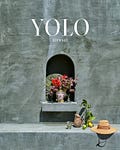

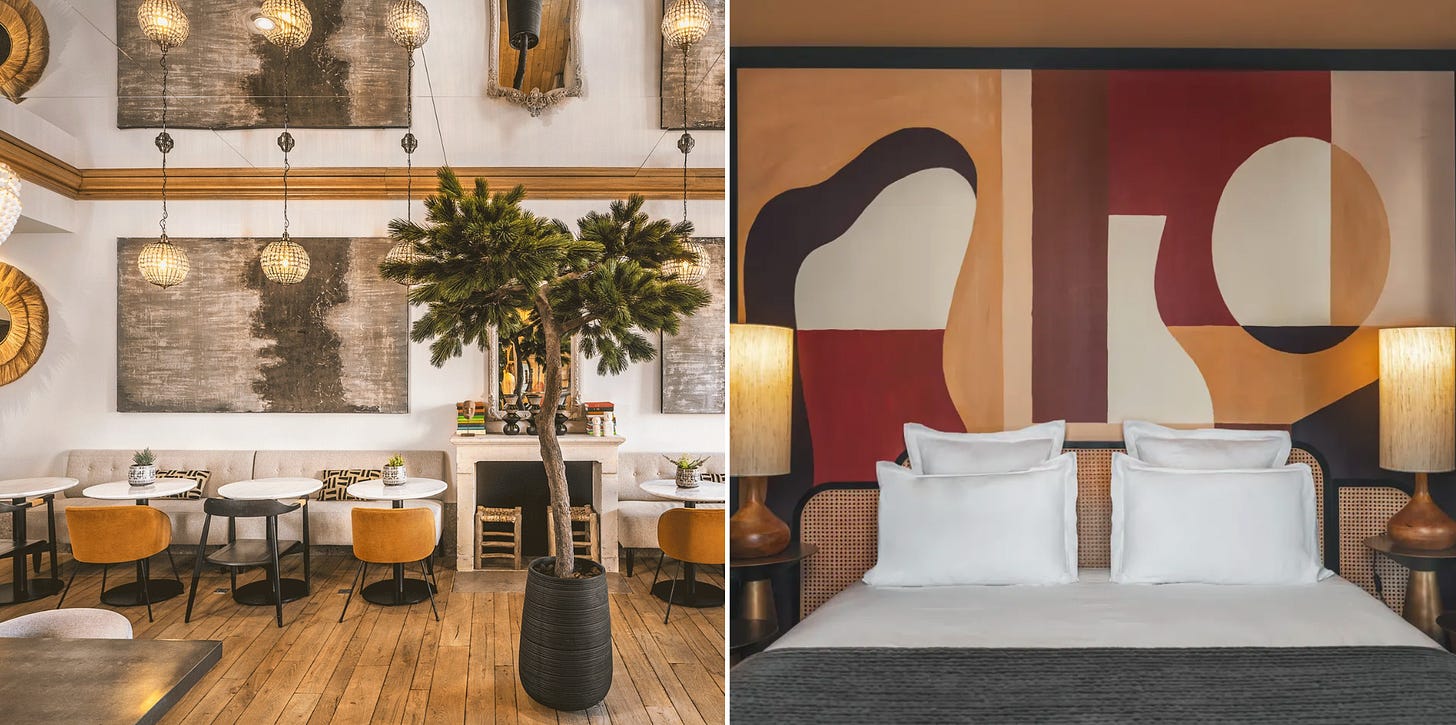
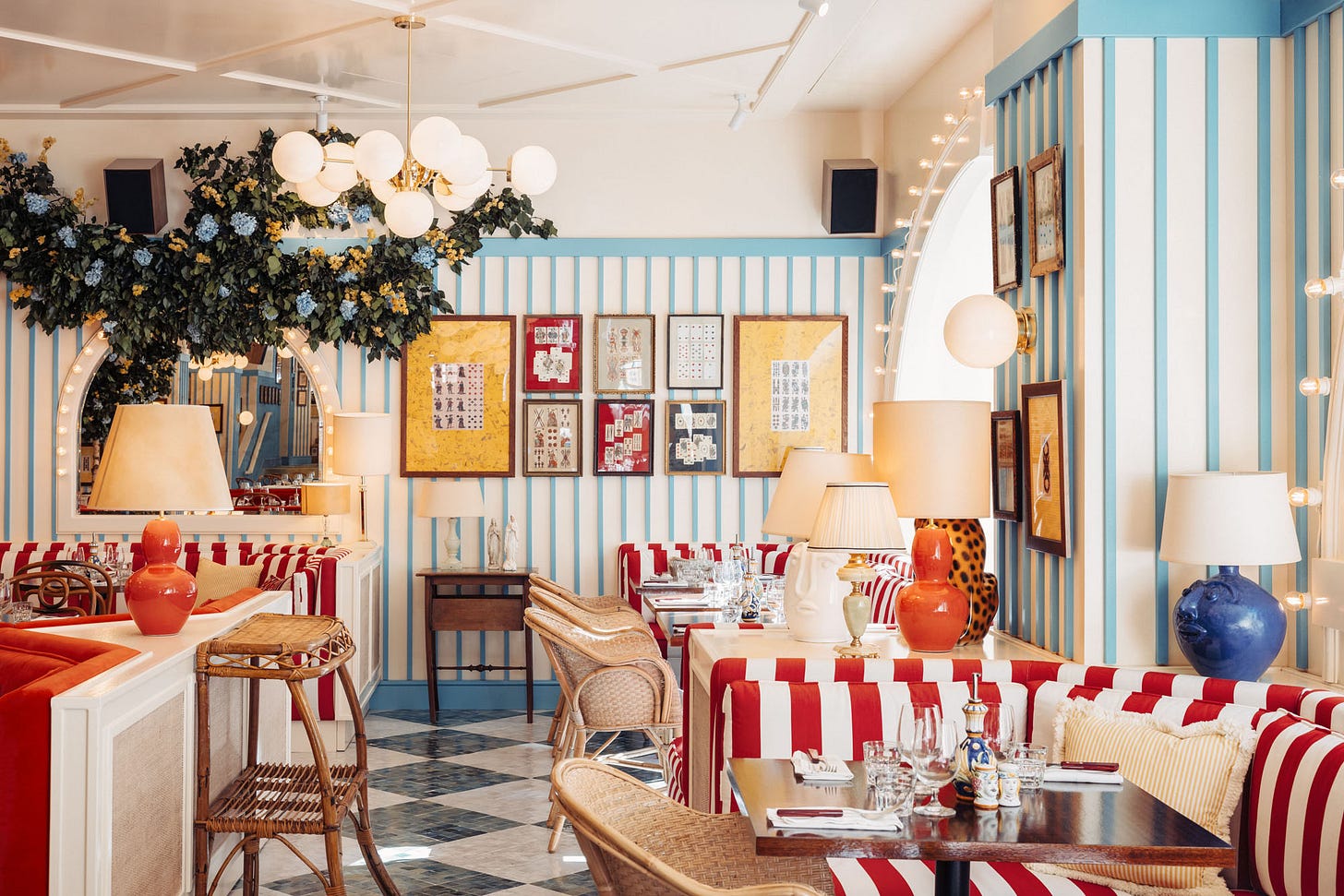
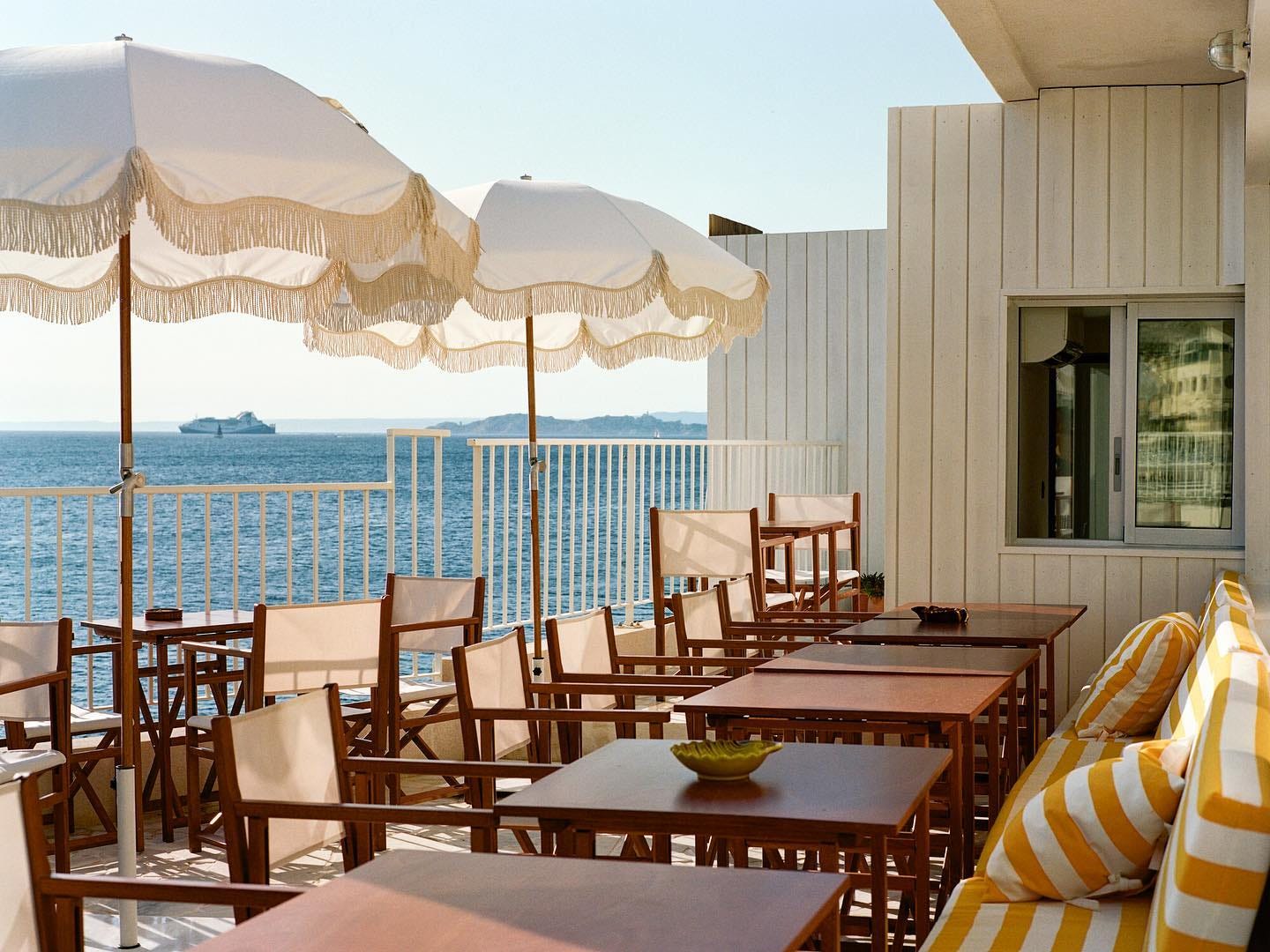
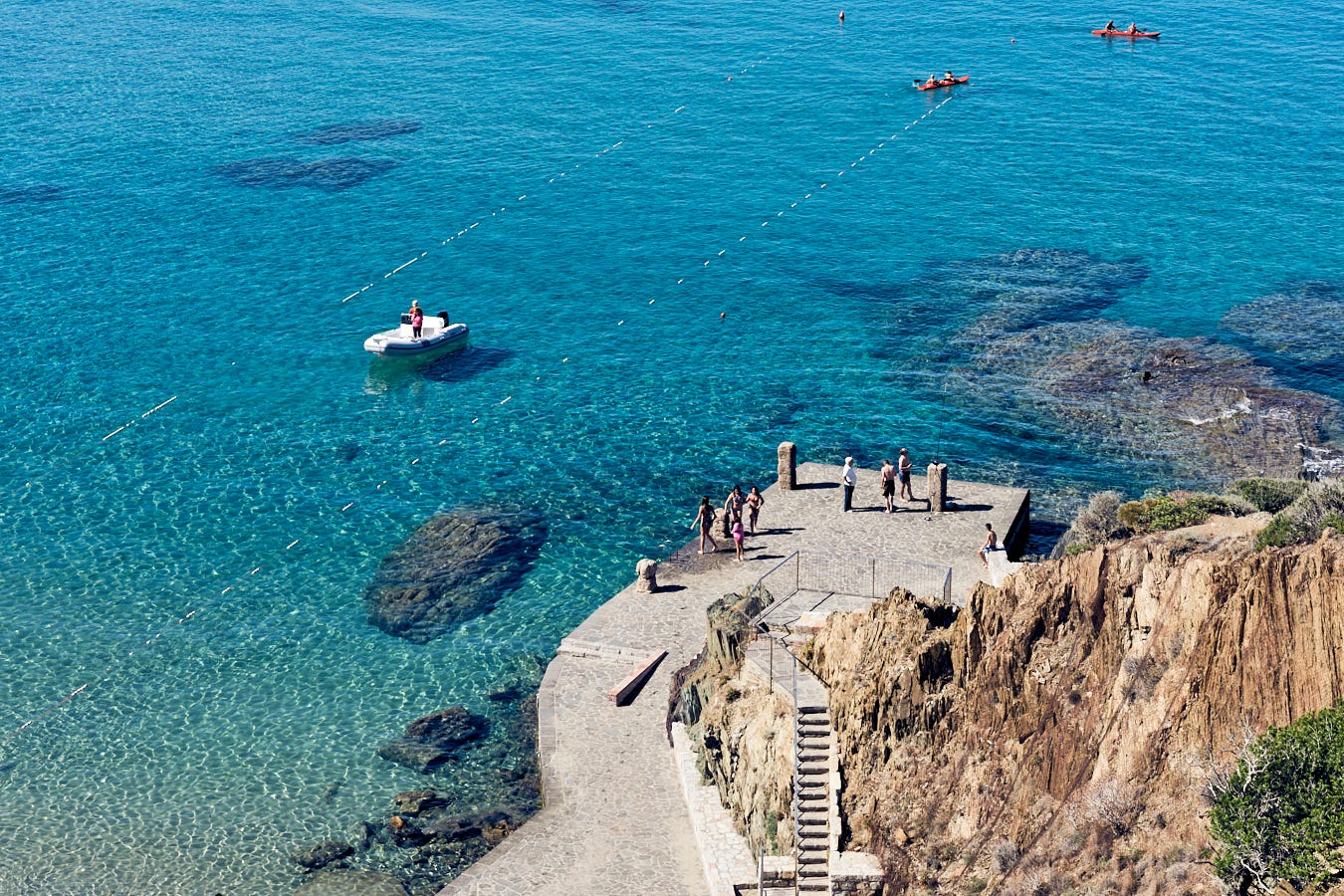
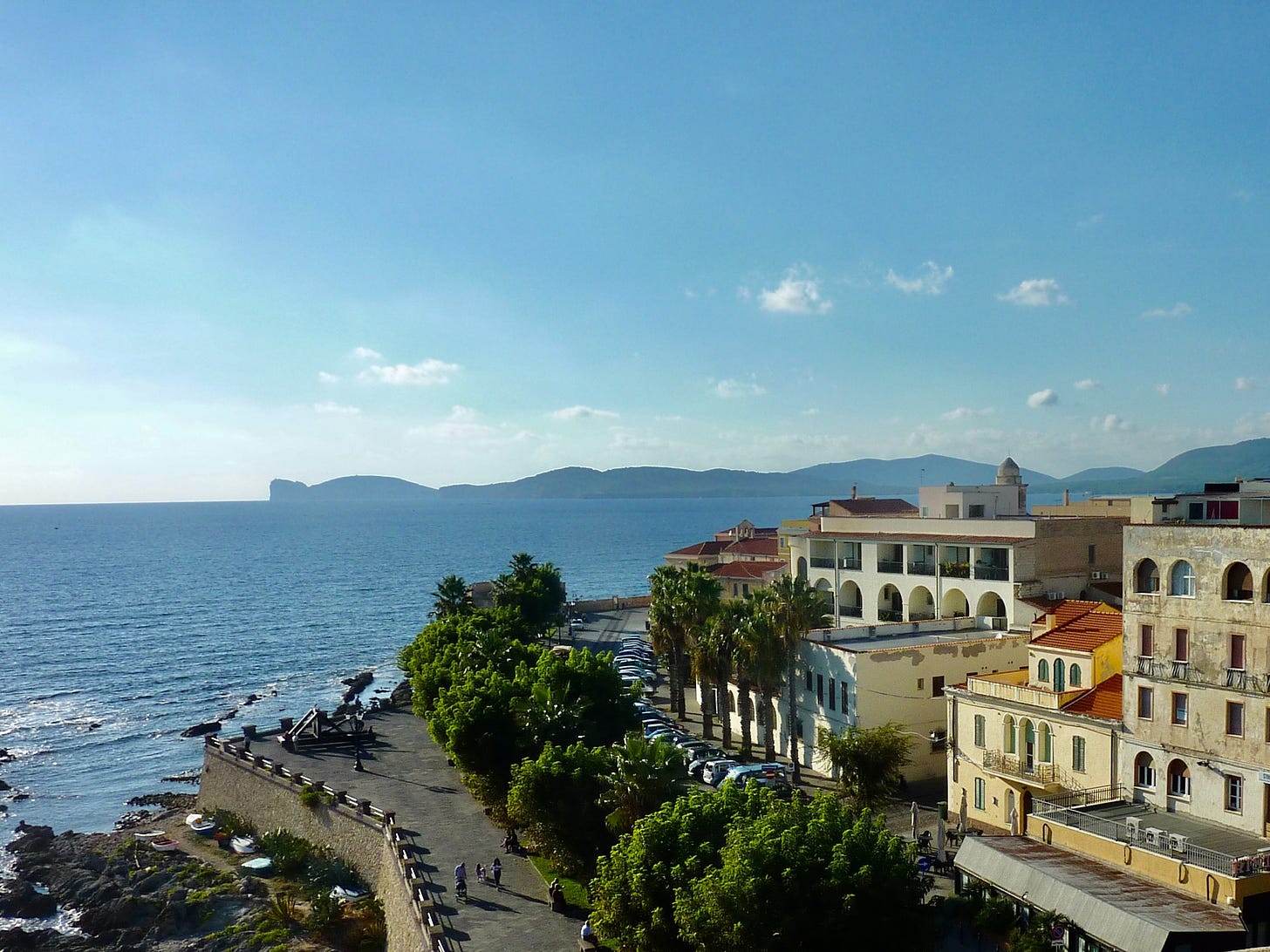
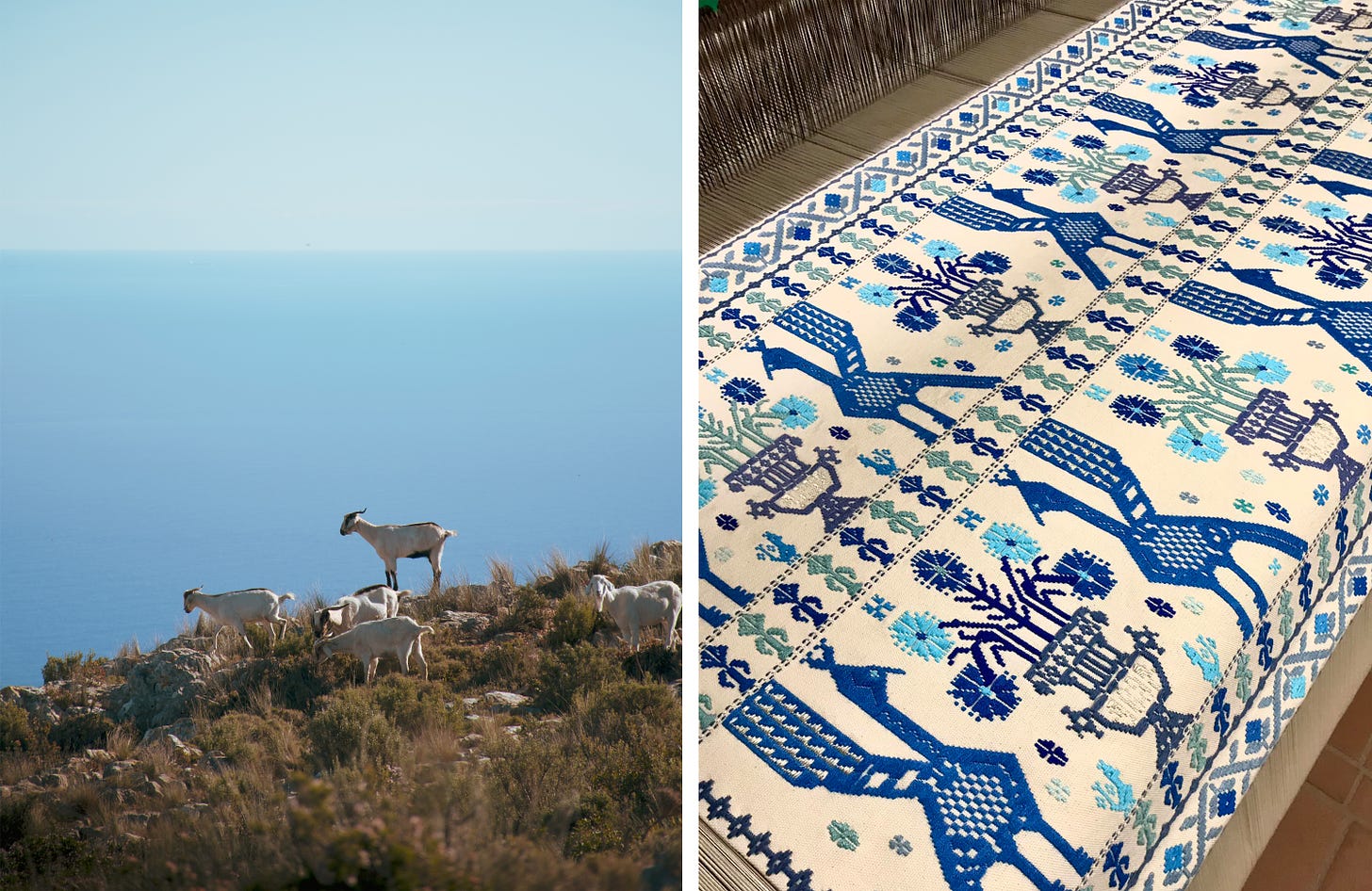
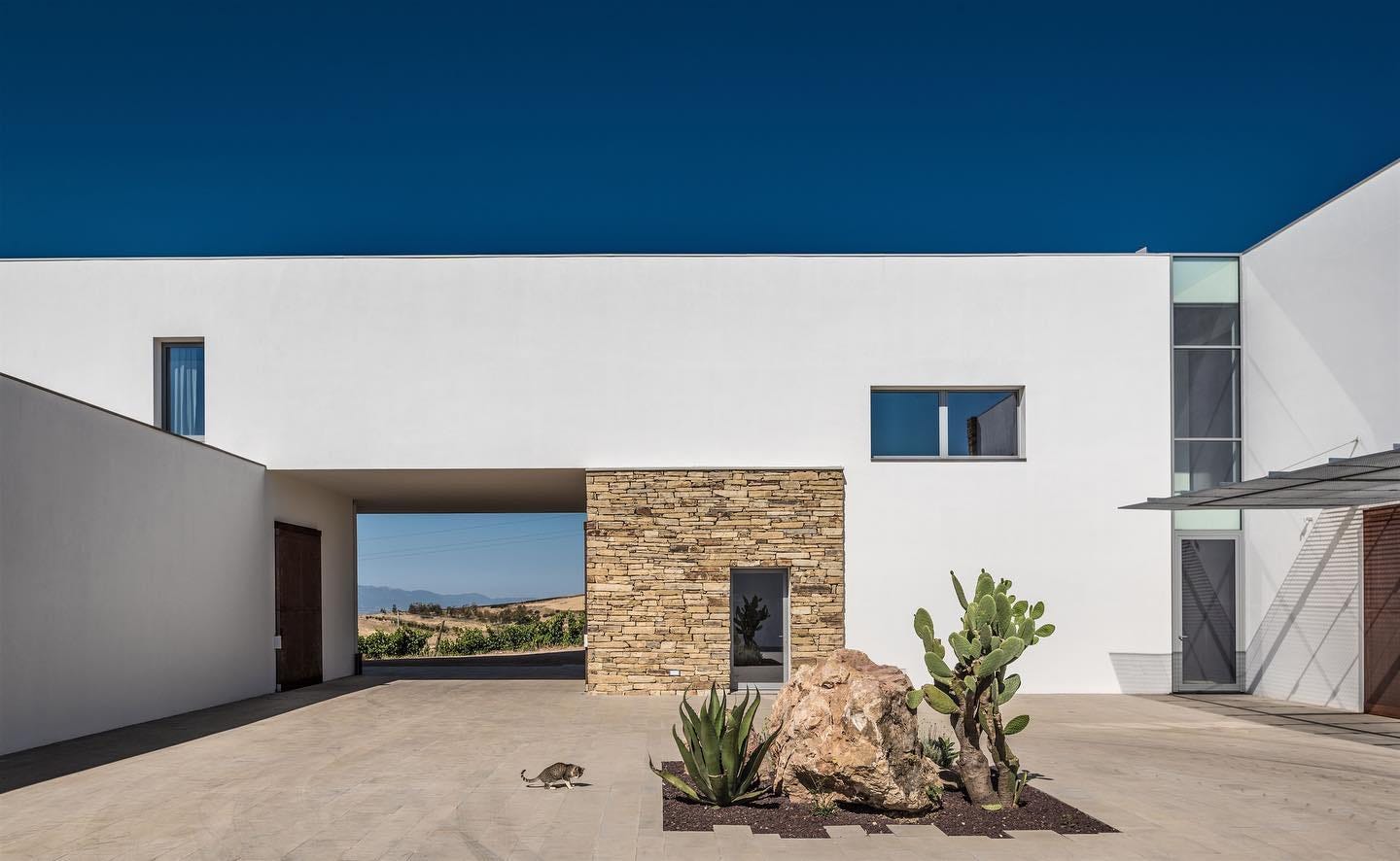
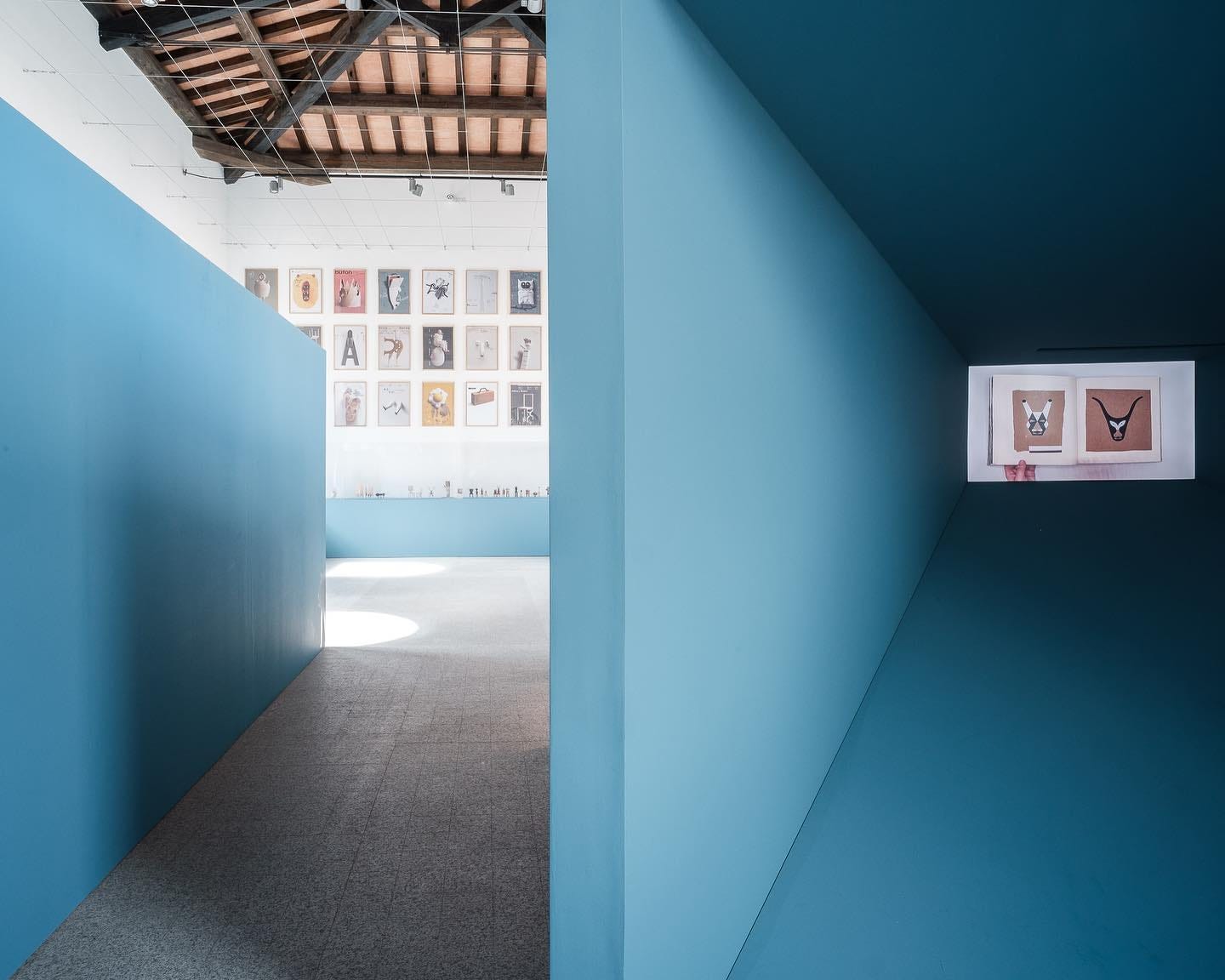
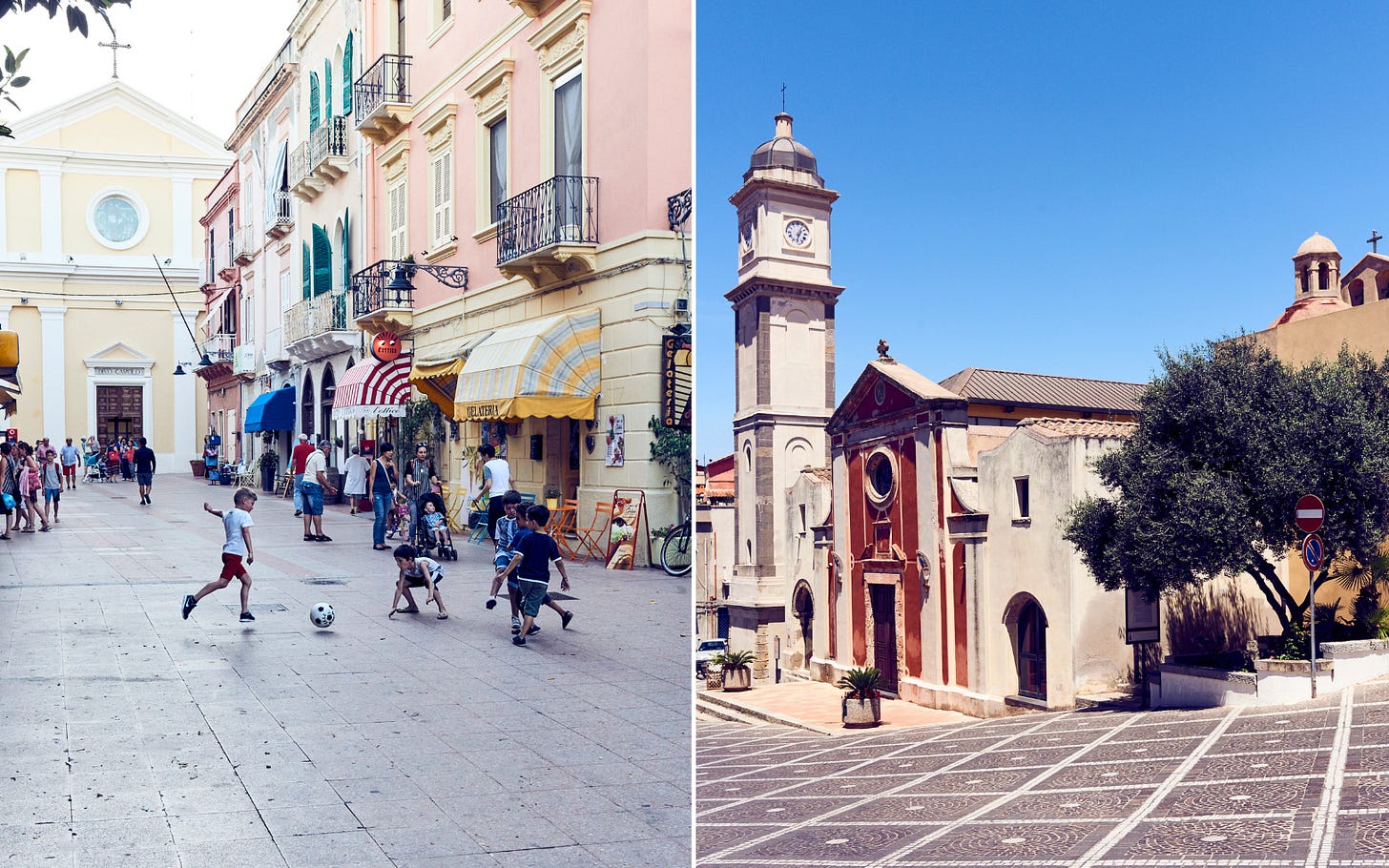
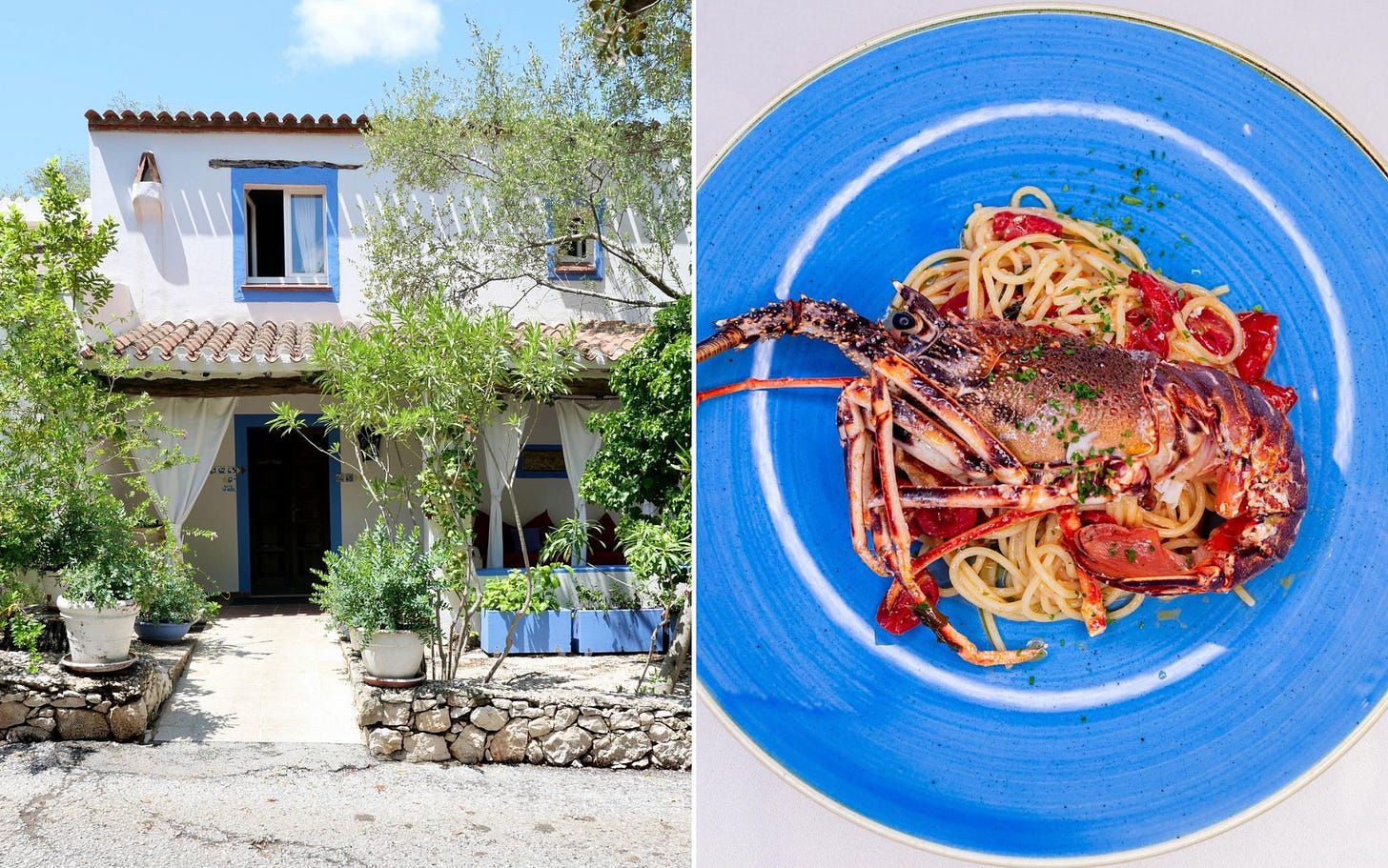
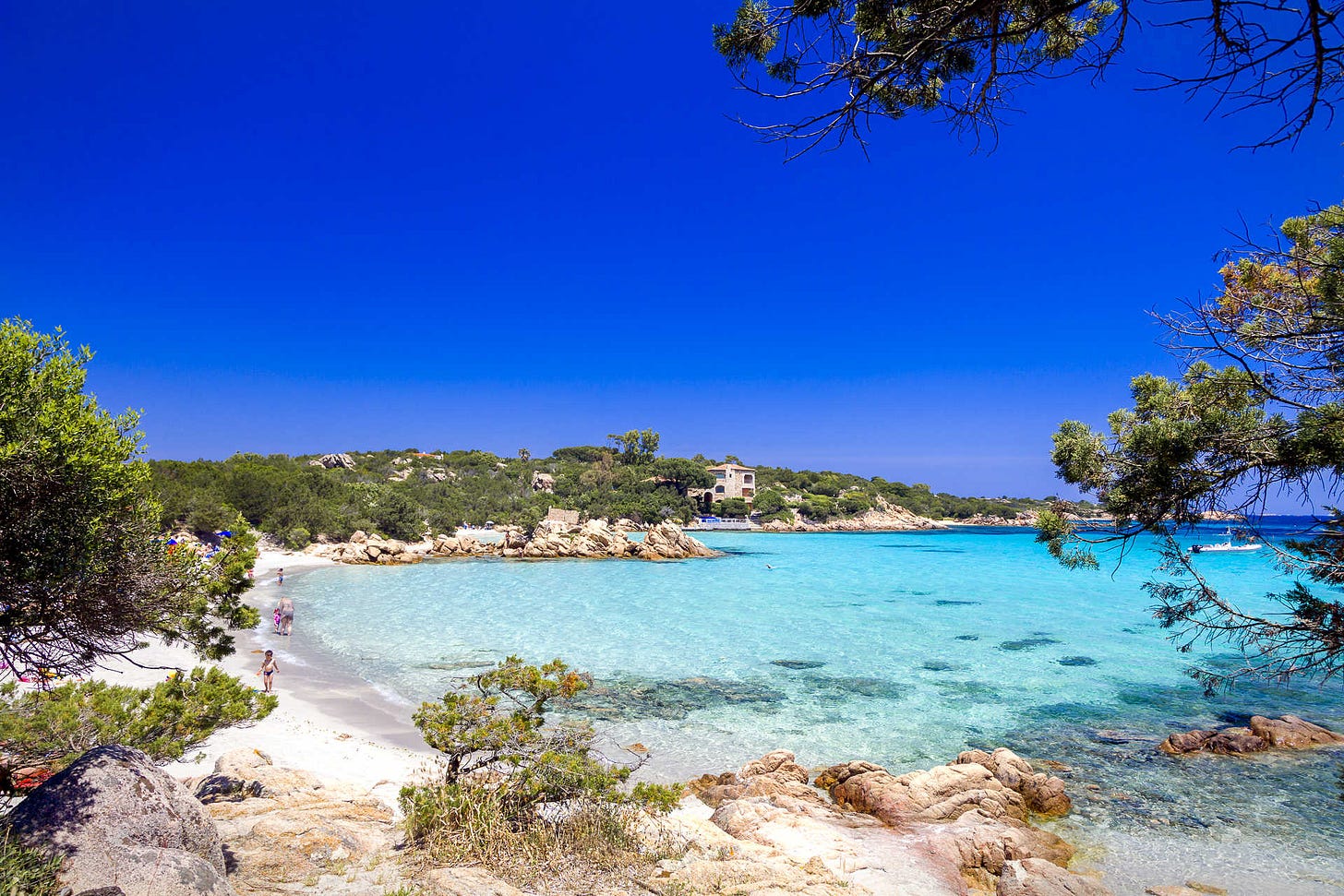
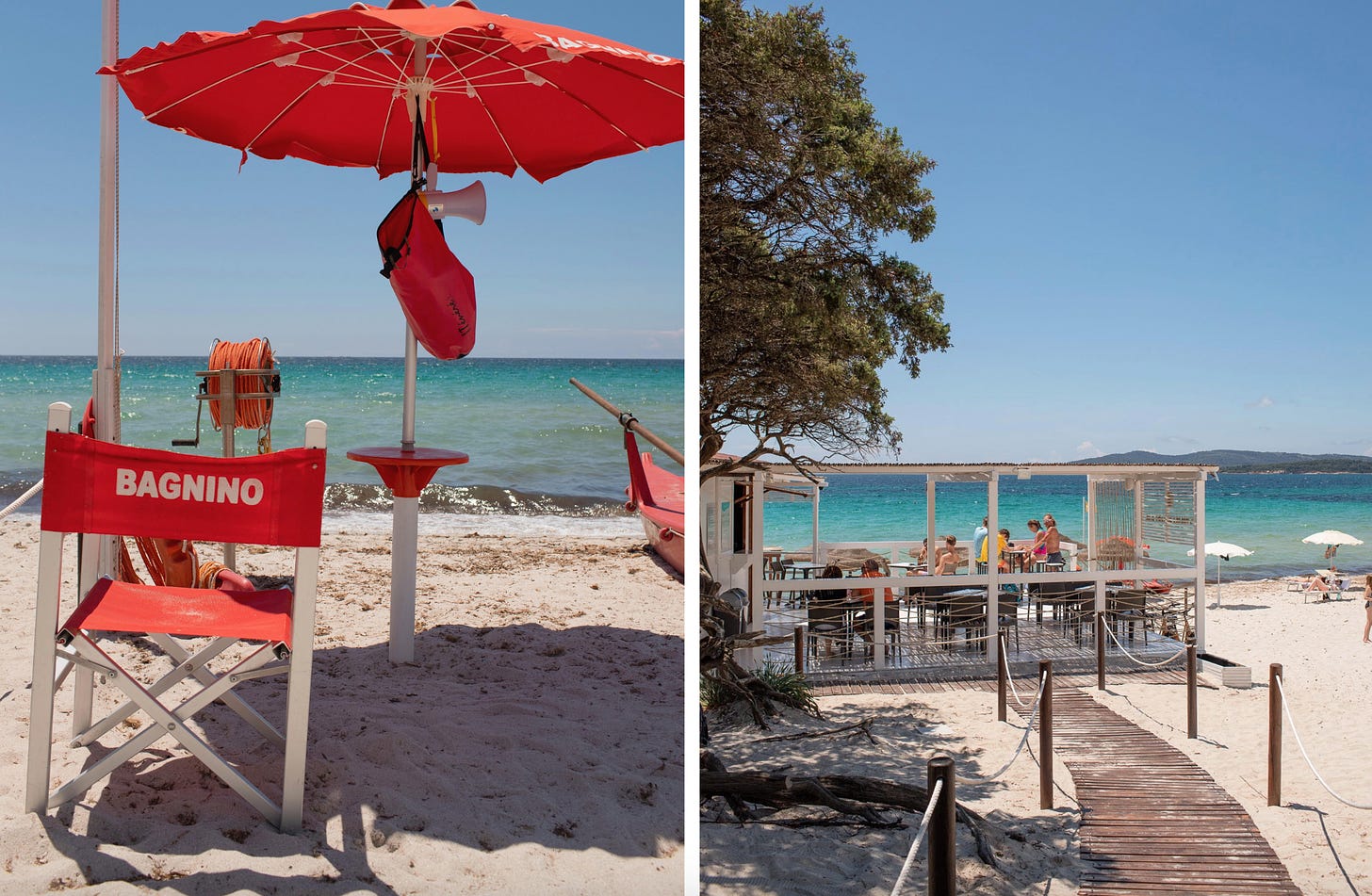
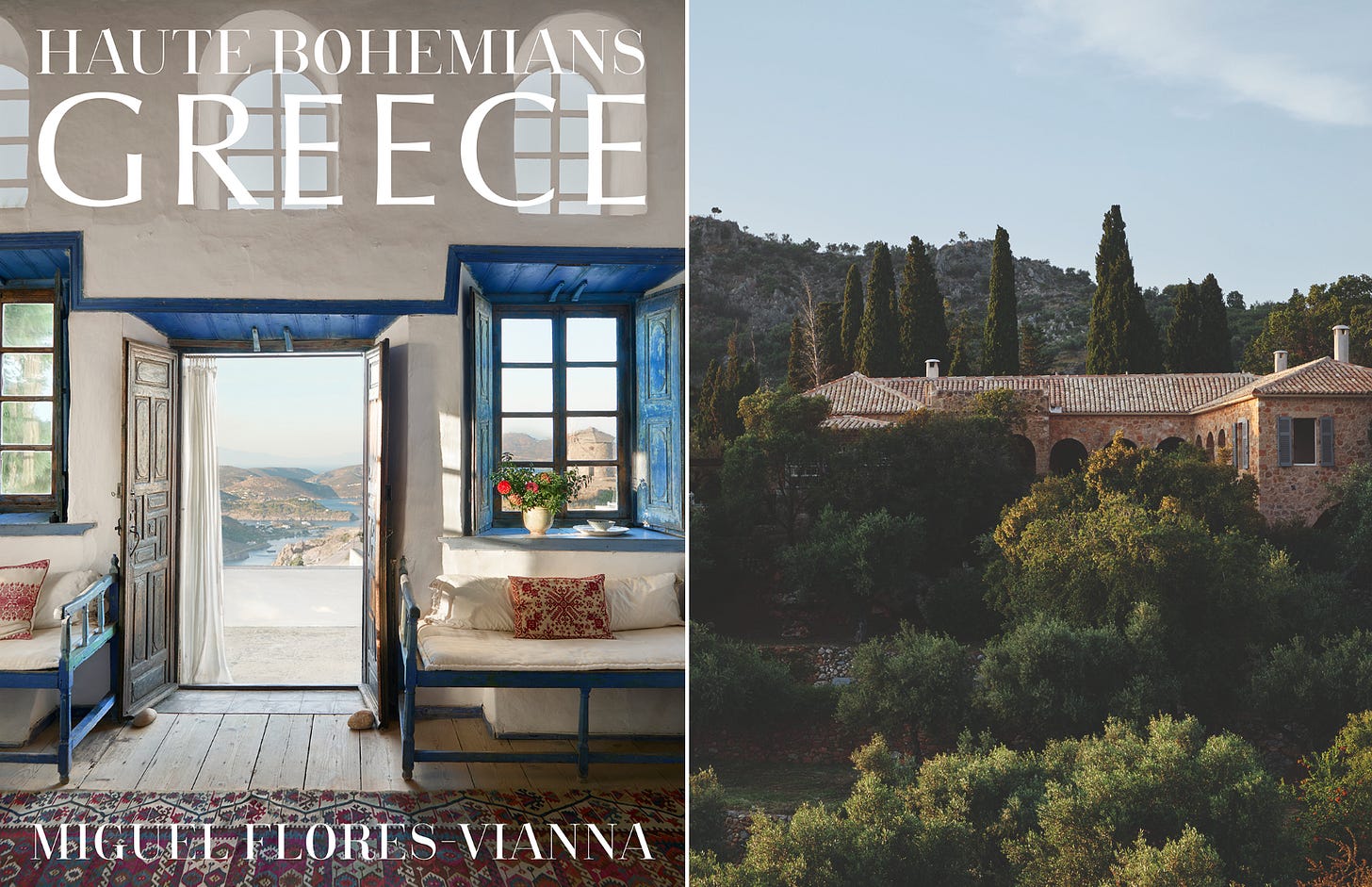
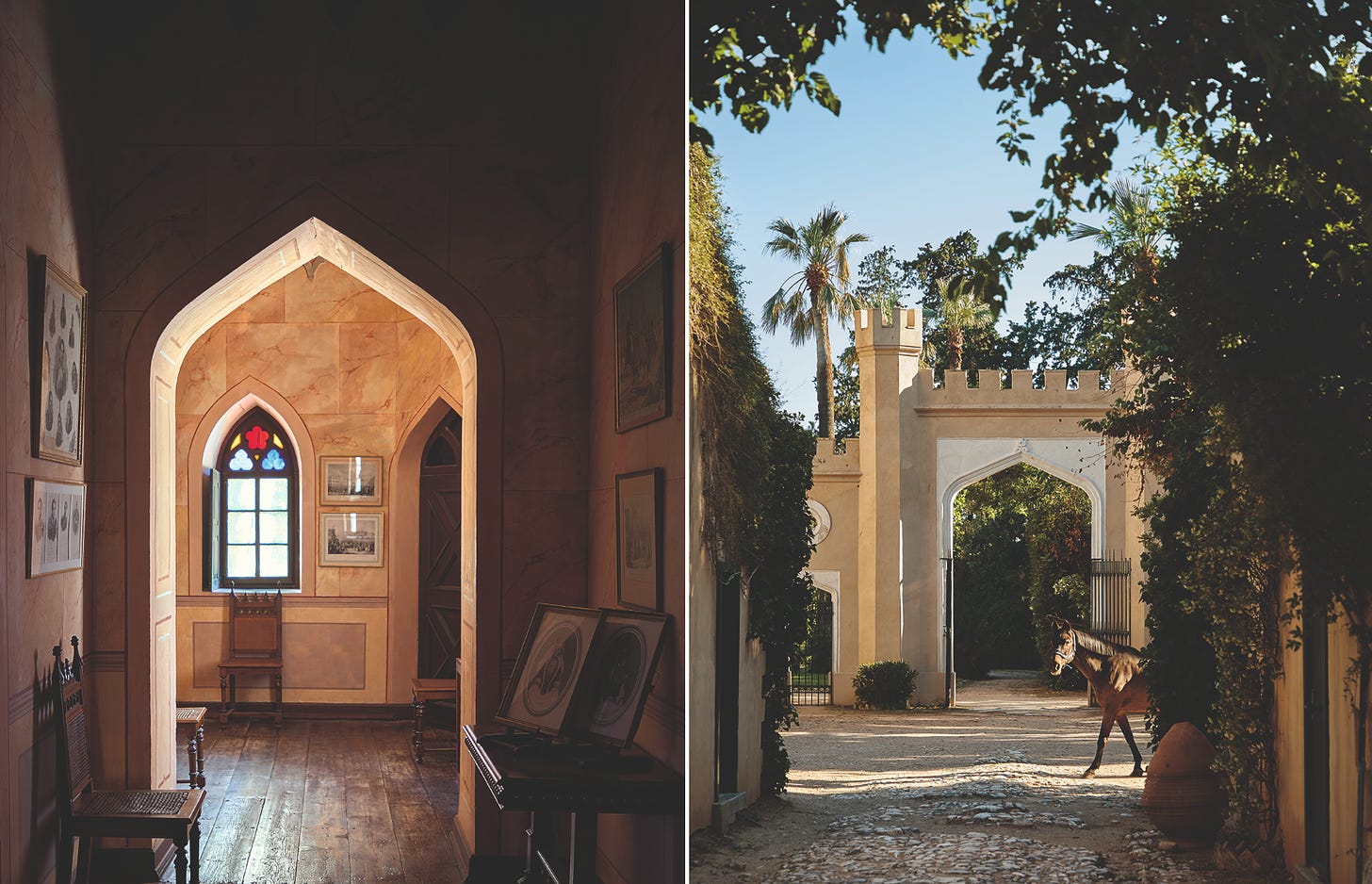
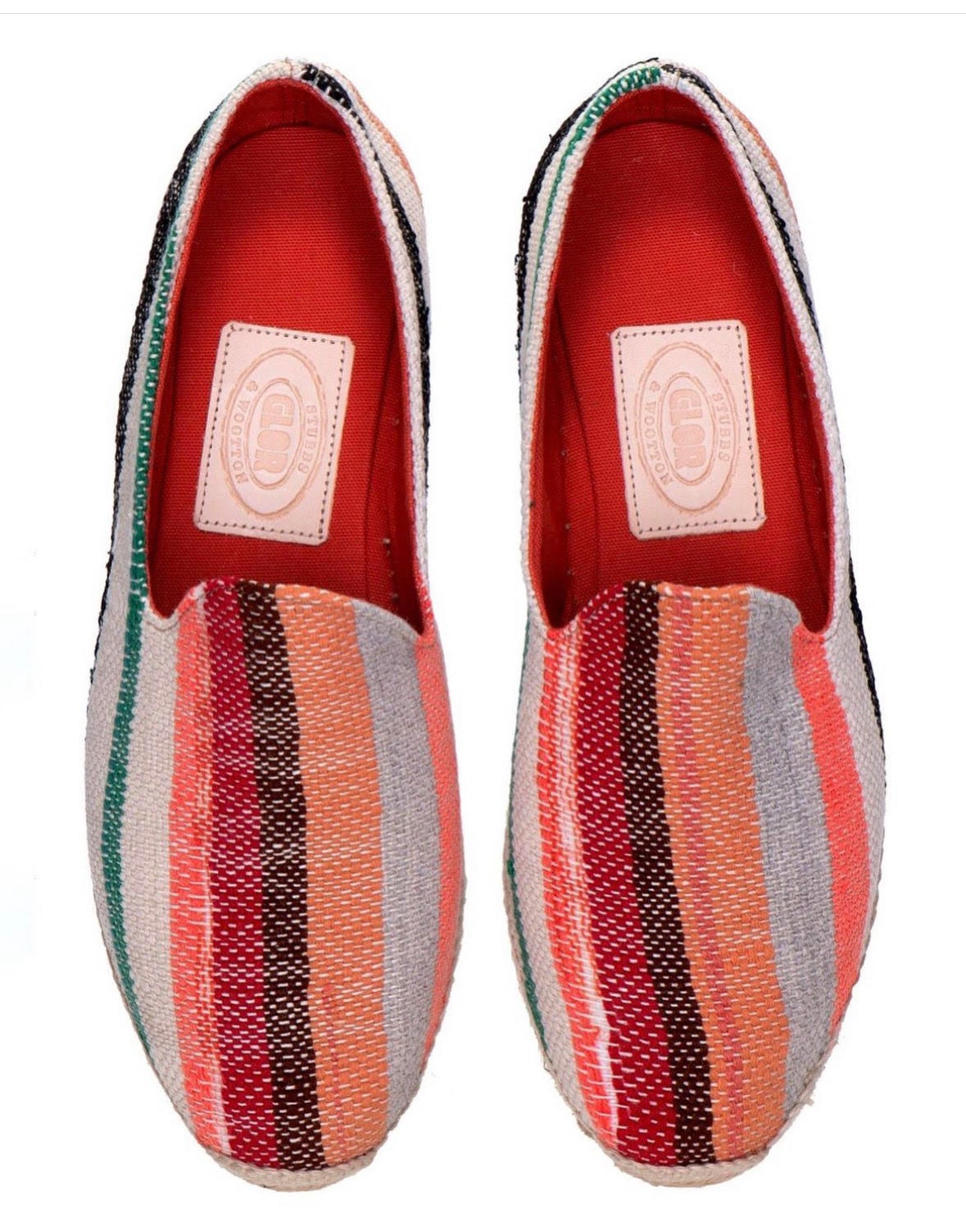
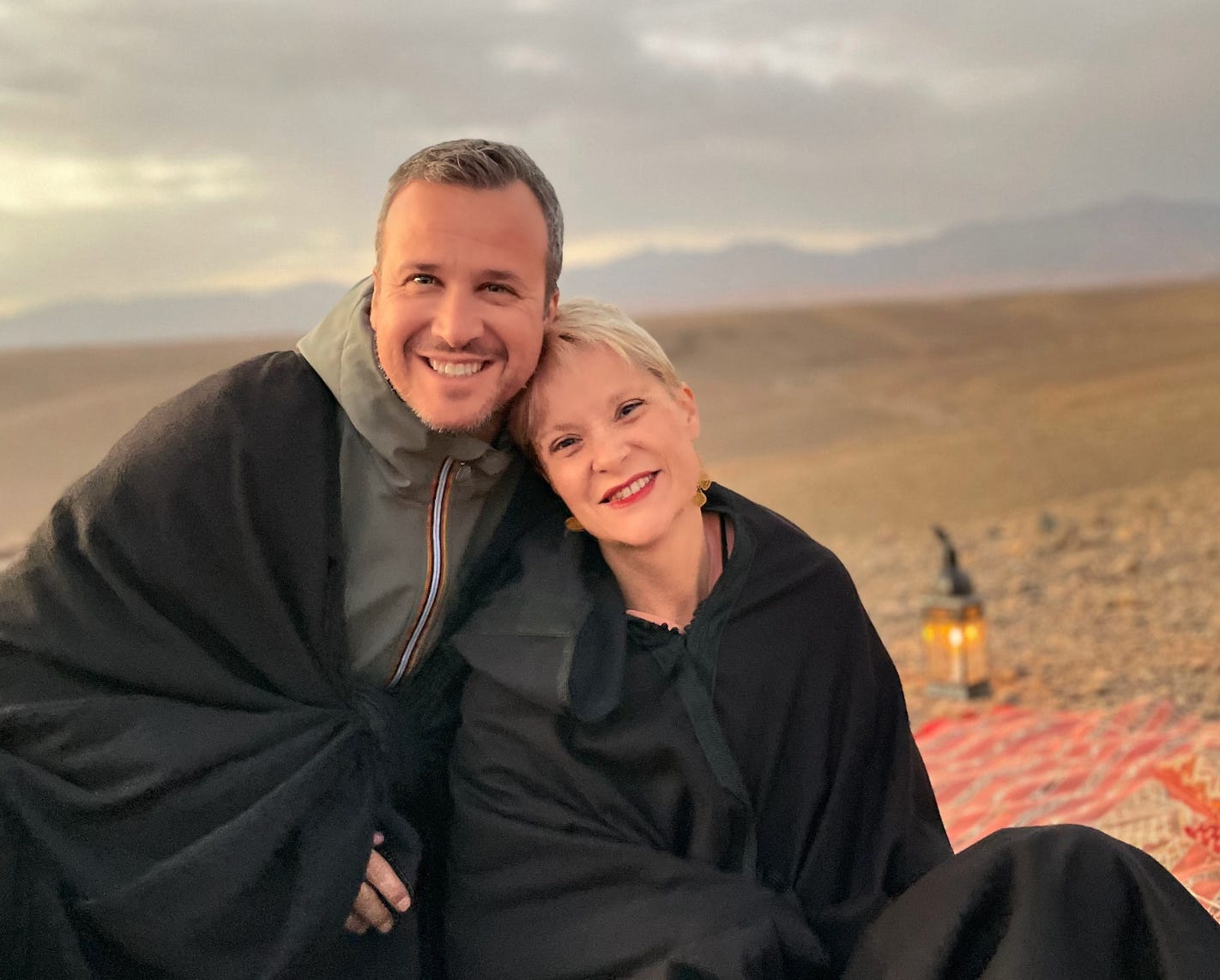
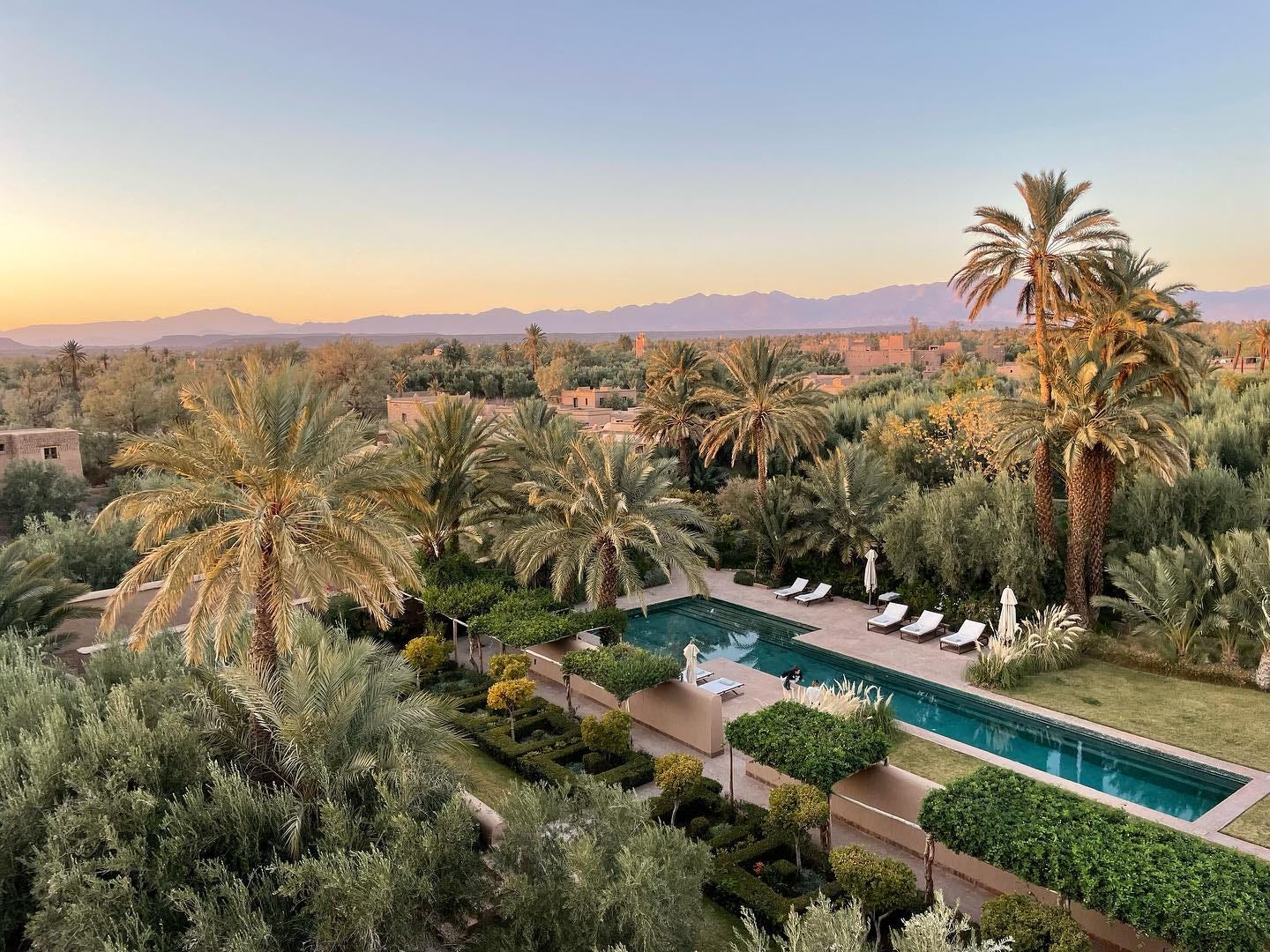
Such a delicious summer round up.
My first issue of Yolo Journal! Stunning! What a beautiful journal. It was such pleasure to leaf through
this magazine. Not only are the photos gorgeous, the content really spoke to my soul. Thank you again Yolanda for truly capturing the "feeling" of travel. And Yolo Intel is full of such valuable information!! Grazie Mille!